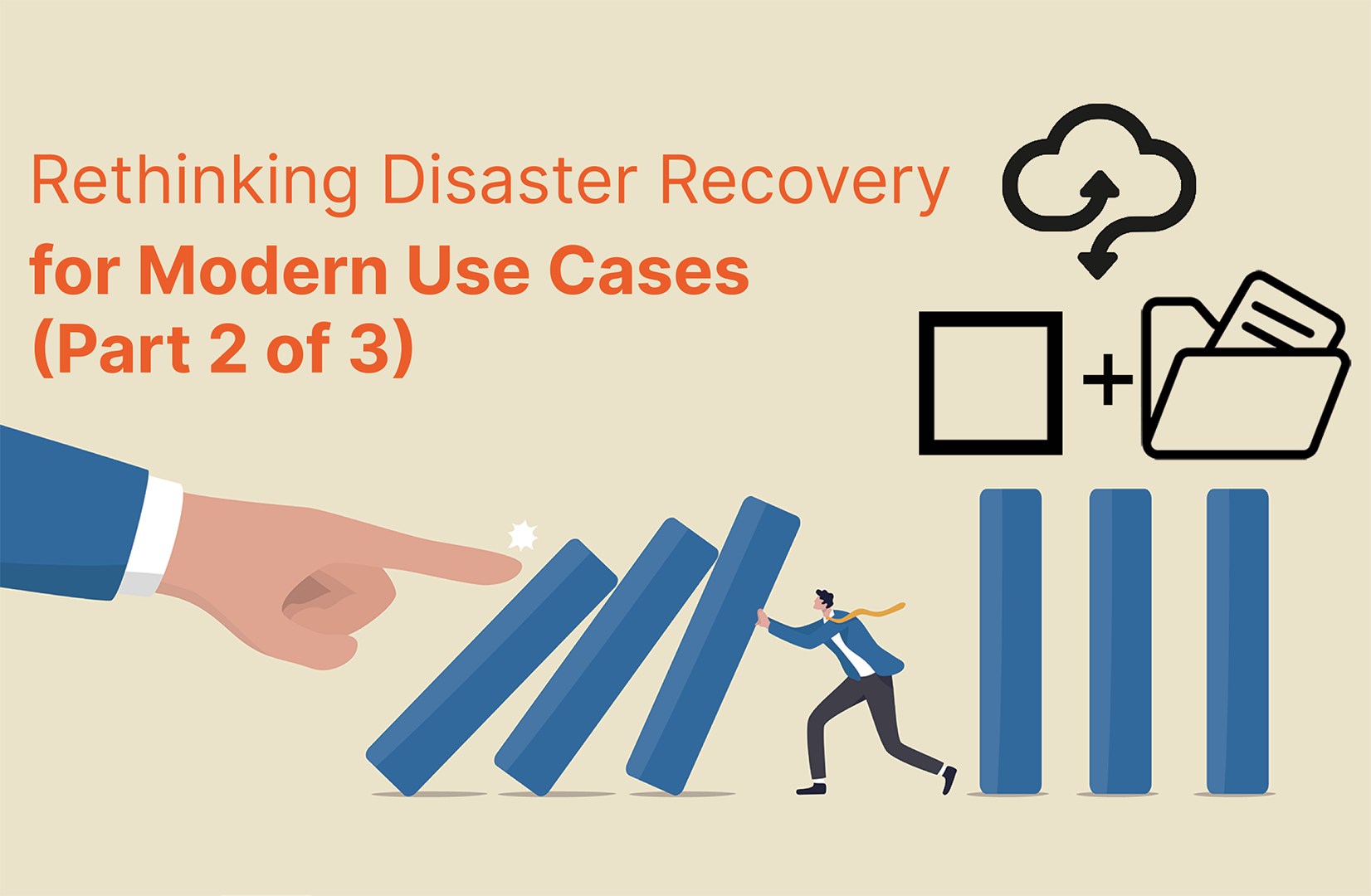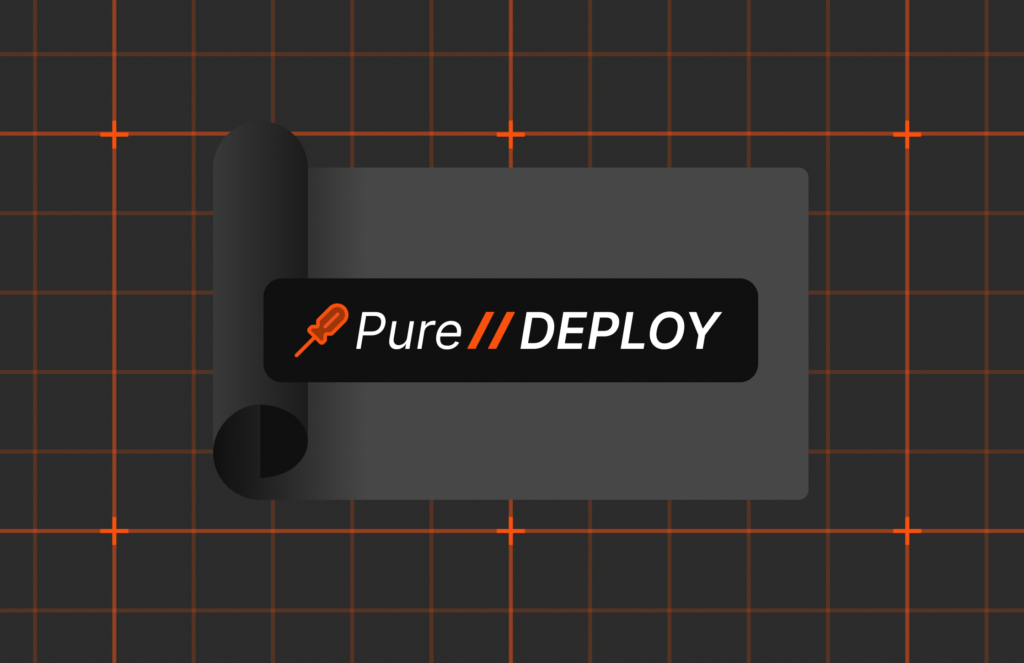This is part 2 of our three-part series on rethinking disaster recovery. Part 1 looked at how ActiveDR™ can uncomplicate disaster recovery with simplicity.
In this blog post, we’ll focus on rethinking disaster recovery for today’s ever-changing IT landscape, which is driven by evolving business and customer needs. Enterprises that don’t embrace innovation and proactively bring modern solutions to their business lose their edge to competitors. The same need for transformation drives innovation in data protection and disaster recovery (DR).
We asked our customers how, in their journey to modernization, can Pure help accelerate modernizing their disaster recovery strategy. Our customers spoke unanimously that the following two use cases are most important to them:
Use Case #1: Journey to Cloud with Hybrid Disaster Recovery
In a survey of IT decision makers by Pure Storage® and IDG, 83% of respondents indicated “hybrid cloud is part of their organization’s IT infrastructure strategy.” It’s quite evident that the cloud is part of the transformation journey for the majority of enterprises, and for good reasons. On that journey, one of the top use cases is hybrid-cloud disaster recovery because of its business benefits. For enterprises that would like to eliminate the cost to maintain a separate data center, hardware, and associated infrastructure costs just for disaster recovery, cloud DR is quite an attractive option.
However, a hybrid disaster recovery solution should not come at the cost of compromising on simplicity, business needs, or cost-effectiveness.
Enter Pure Storage’s ActiveDR, which helps businesses accelerate their hybrid-cloud journey by delivering DR between their on-prem FlashArray™ and in-cloud Pure Cloud Block Store™ in the same simplified way ActiveDR does for on-prem FlashArray—at no extra licensing cost. It works exactly the same. On top of that, because of the adaptive nature of the ActiveDR replication engine, it can tolerate huge distances between your on-prem data center and availability zones of cloud and still deliver near-zero RPO and RTO.
Learn how Ampersand, a TV advertising sales and technology company, is using ActiveDR for hybrid DR with a lag of just two seconds. Yes, two seconds RPO in a hybrid cloud disaster recovery implementation. The company uses DR to the cloud to cut costs and achieves 5:1 average data reduction.
Interested in a technical demo?
Watch how to implement ActiveDR’s continuous replication for SQL Server with near-zero RPO and RTO cross-continent between an on-prem data center in Europe and the AWS US-West data center.
Use Case #2: Operational Simplicity by Unifying Disaster Recovery for Both Block and File Storage
Unified block and file storage has become more common in recent years as IT and operations teams look to reduce complexity of data sprawl and increase utilization of storage systems. When administrators use DR designed only for the block side of the array to protect file workloads, they may lose critical configuration and policy information. This creates additional steps as the lost configuration and policy information needs to be reestablished for the replication target before any recovery is ever done.
For some organizations, it is preferable to use a separate DR strategy and tools for their file data running on their block storage. This may solve the file workload awareness problem, but it creates a separate set of processes and procedures, requires additional learning for the new tools, and exists invisibly to the block side of the array and those administrators.
Pure provides file storage as a first class citizen on FlashArray as it has done for years. With Purity 6.3.0, Pure enabled the same DR processes and policies for file workloads as for block workloads with ActiveDR. This eliminates additional processes and tools for managing DR for file workloads while establishing DR processes that are aware of file storage policies and configuration. For file workloads, ActiveDR maintains critical policy information on things like quotas and snapshots as well as replicating snapshot data to the target. Watch this video to learn more.
Stay tuned for the next and final installment of this blog series, in which we’ll look at how Pure Storage is rethinking disaster recovery with an eye toward maximizing financial value.
Don’t be caught unawares if disaster strikes, whether it’s natural, accidental, or sabotage. Learn more about ActiveDR.


Safeguard Your Data—and Your Business
Ensure effortless business continuity and data recovery.
Be Ready
Get ahead of an unforeseen disaster that can jeopardize your business.






